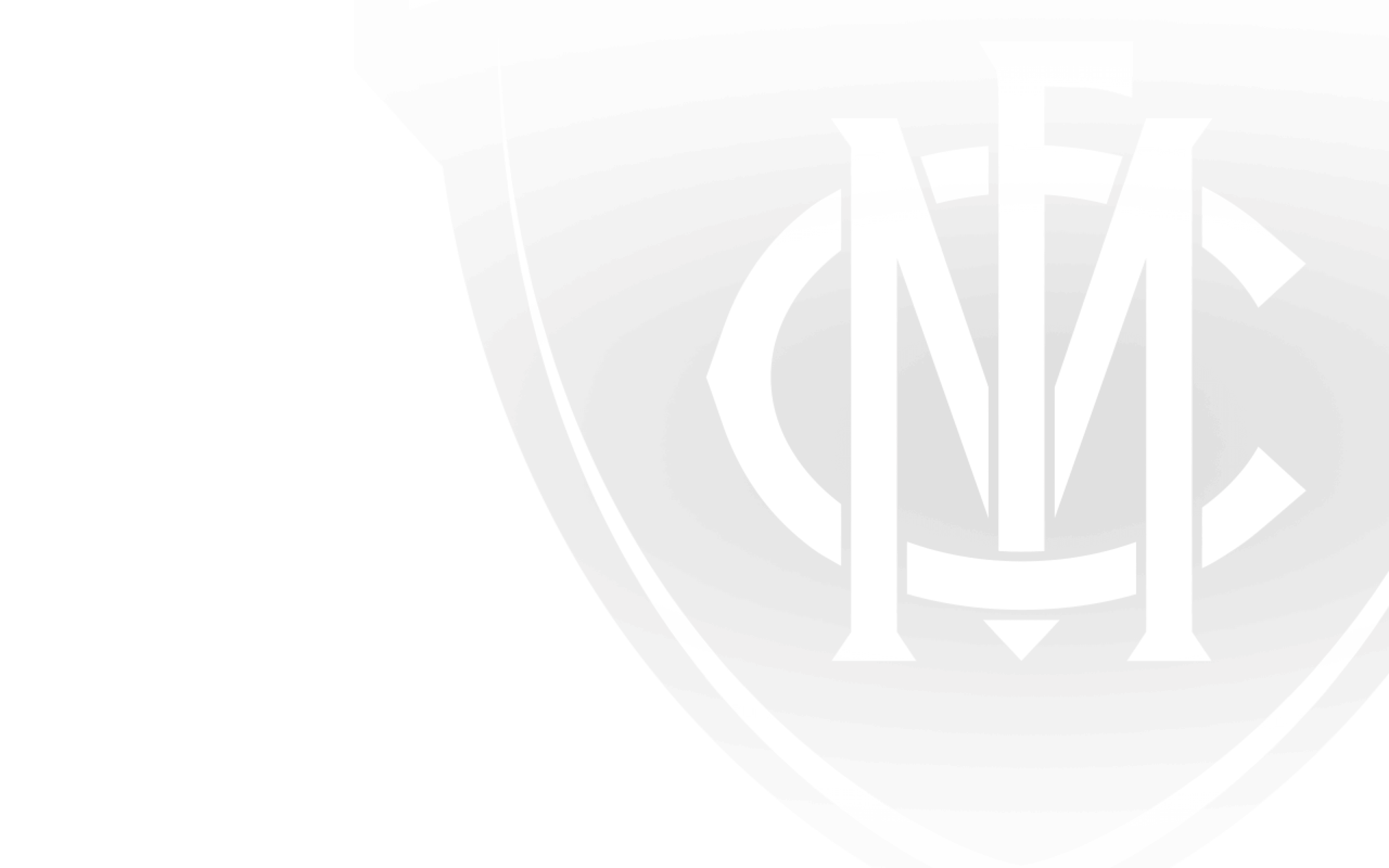MELBOURNE and Richmond will contribute $10,000 each to the Shrine of Remembrance.
The donation is in recognition of the important work the Shrine does and will help with resources and education, particularly for children.
There are 60,000 school children who visit the Shrine annually and up to 80,000 are expected at the Dawn service on ANZAC Day.
The announcement was made just before the ANZAC Day Eve match between Melbourne and Richmond at the MCG.
Pre-match, the lighting of a commemorative flame, in a darkened MCG, will again be the centerpiece.
The eternal flame at the Shrine of Remembrance will be used to light a torch, which will be carried to the MCG by the Creswick Light Horse Troop.
Last year, the great Ron Barassi lit the flame on the MCG stage, where it burned for the duration of the match. Barassi’s father, Ron Snr, died in Tobruk in 1941, during World War II.
This year, David and Jenny Jones will light the cauldron. Their son Andrew Jones was killed serving in Afghanistan in 2011. A video of David and Jenny Jones will also be shown on the big screen.
Renowned wordsmith Rupert McCall will also read a poem: Ode to Fallen Soldiers.
The last post will be played and then the national anthem.
Melbourne and Richmond will then go through a joint banner.
BACKGROUND
Melbourne and Richmond’s wartime heritage is significant.
And, it is for this reason, that the two clubs will pay tribute to their shared wartime history at the MCG on April 24 in their second ANZAC Day eve night match.
It will be just the fourth time the two clubs have met on ANZAC Day eve – with the first two meetings occurring back in 1915 and 1937.
Tragically, 35 men who played for Melbourne or Richmond died from active service – either from World War I or World War II.
During the Second World War, the two clubs met in the 1940 Grand Final, which Melbourne won. It remains their only meeting in a Grand Final.
Melbourne shared Punt Road Oval as its home ground during WW2 – considered an act of generosity by Richmond – until late in the 1946 season, due to the MCG being occupied by the armed forces. In 1944, Melbourne contributed to Richmond’s prisoner of war fund.
All of Melbourne’s key best and fairest trophies are named after players lost due to war. The most famous is Keith ‘Bluey’ Truscott, a dual Melbourne premiership player in 1939-40. He was also one of Australia’s best-known flying aces during World War II.
The VFL awarded premiership medals posthumously to Truscott, Ron Barassi Snr and Harold Ball, as it was considered that they would have certainly played in the 1941 Grand Final.
Melbourne lost players in many of the key Australian wartime battles, including Joe Pearce in Anzac Cove, Barassi Snr in Tobruk, Syd Anderson in the Pacific and Ball in the fall of Singapore.
Richmond’s Bill Cosgrove is the uncle of Sir Peter Cosgrove, AK MC (Retd) who served as Chief of the Australian Defence Force. Cosgrove’s 1940 season was cut short by war service. In fact, six of Richmond’s 1940 Grand Final side served Australia in the war. In 1943 – just six weeks before Richmond’s premiership – Cosgrove was shot down and killed in action over New Guinea.
Players from both clubs killed in action
Melbourne (30)
World War I: Jim Bonelli, Cliff Burge, Jack Doubleday, Bill Fischer, Albert Gourlay, Mal Kennedy, Frank Lugton, Jim Mackie, Bill Maxwell, Fen McDonald, Alick Ogilvie, Joe Pearce, Leo Rankin, Harold Rippon, Percy Rodriguez, Bobby Royle, Alf Williamson
World War II: Syd L. Anderson, Jack Atkins, Harold Ball, Ron J.Barassi, Laurie Brady, Noel Ellis, Clyde Helmer, Derek Mollison, Ted Regan, Beres Reilly, Archie Roberts, Keith Truscott, Barney Wood
Richmond (5)
World War I: Artie Harrison, Les Lee, Bill Nolan
World War II: Bill Cosgrove, Bill Garvie.


